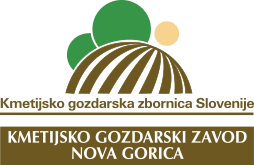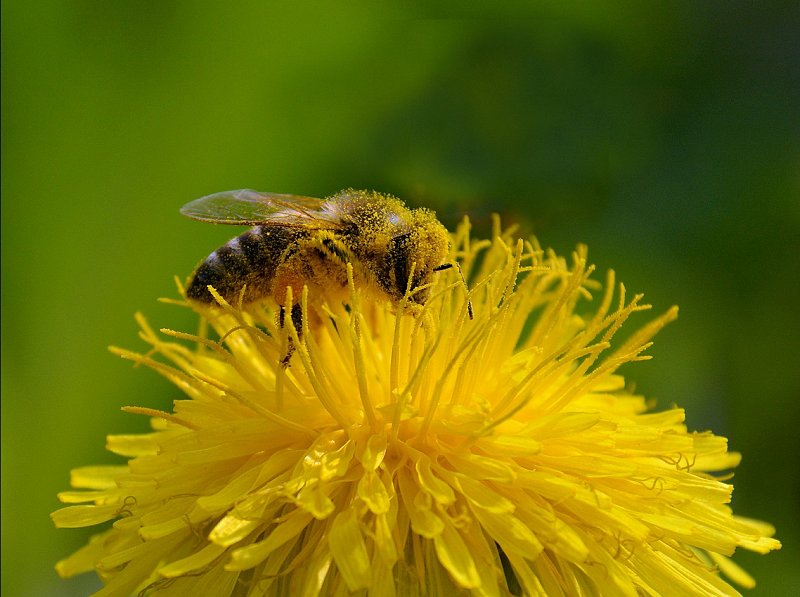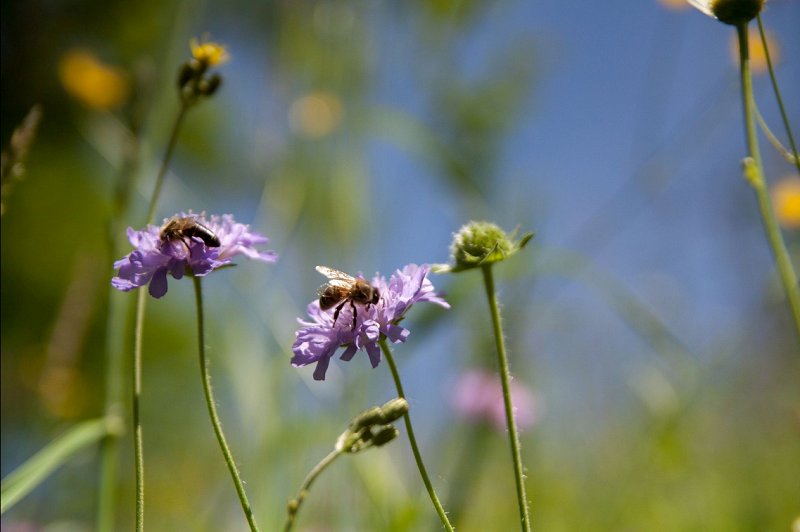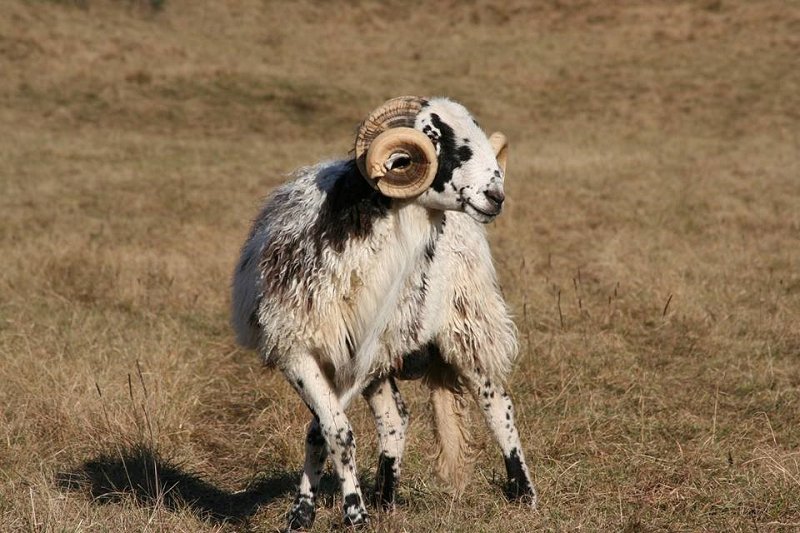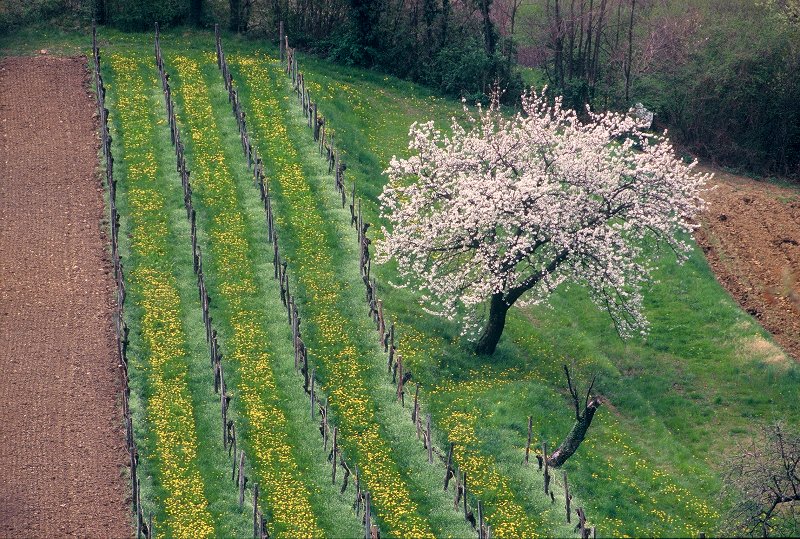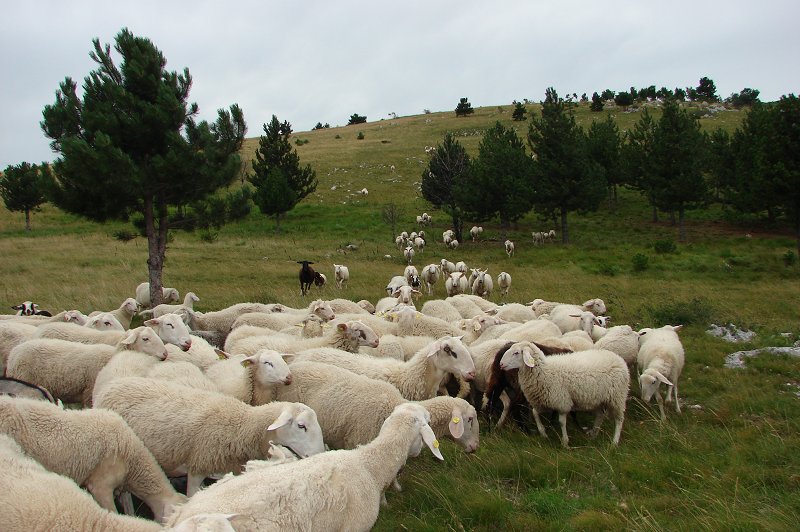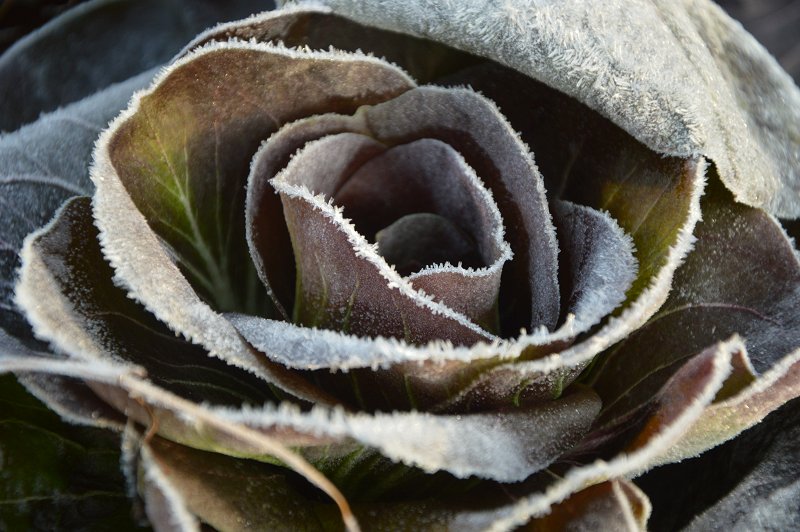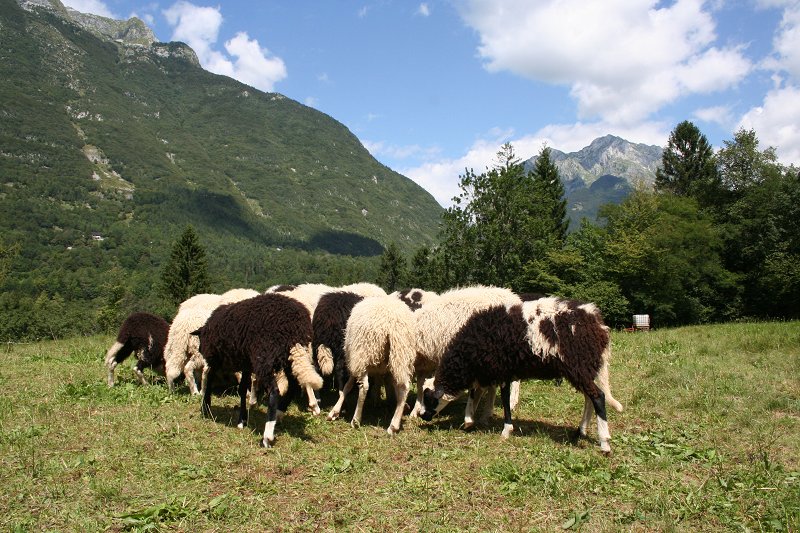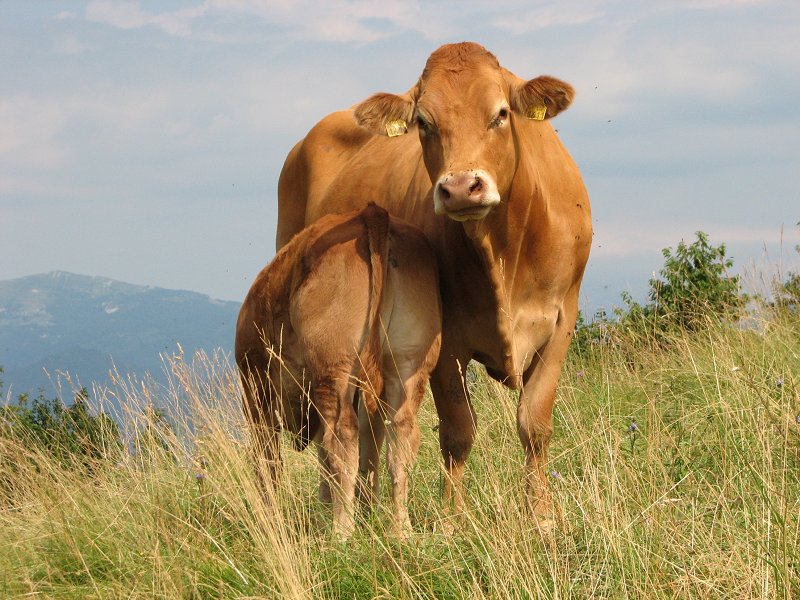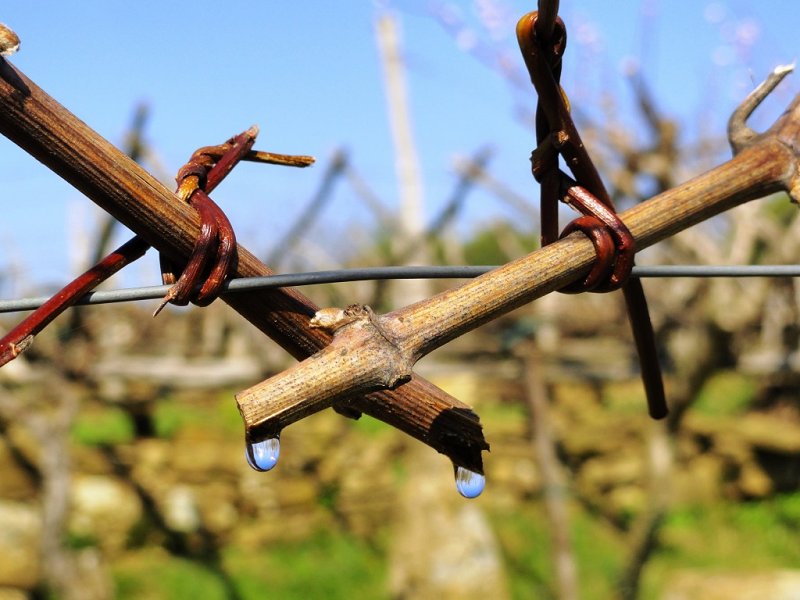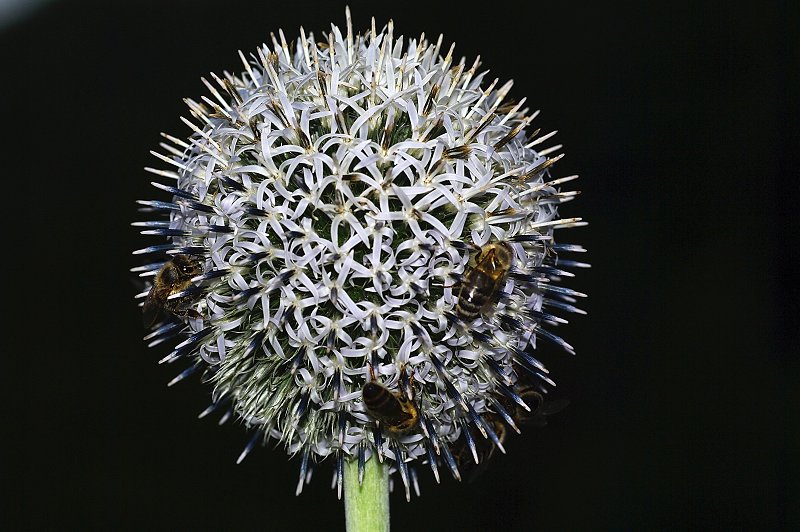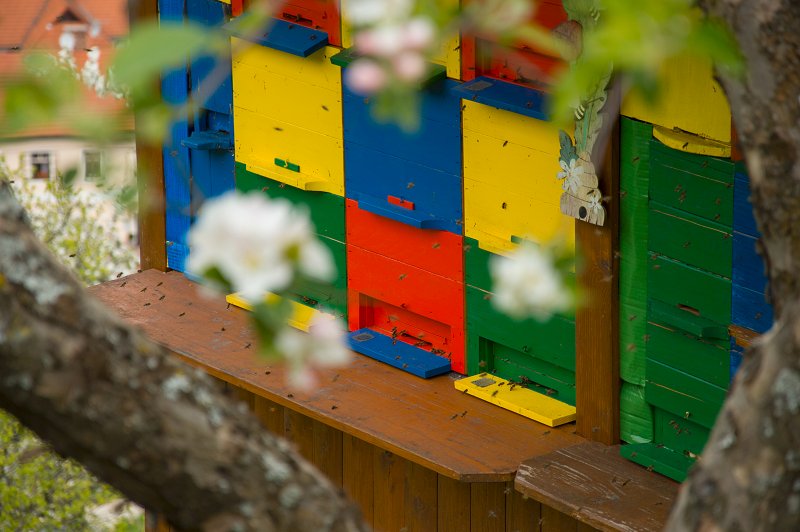Evaluation of different clones of grapevine regarding local meteorological conditions
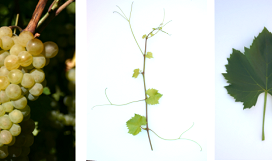
Clonal selection is a crucial procedure for achieving a suitable grape to produce high quality wine. Grape quality of Slovenian clones was monitored during ripening between 2012 - 2017. Grape quality parameters were correlated with the minimal, maximal and average daily solar irradiation in vine growing season obtained by a meteorological station.
There was a strong correlation (r > 0.89) between solar irradiation and yield per vine in all varieties, except for ‘Malvazija’ (r = 0.60). A strong correlation (r > 0.74) was obtained from all studied samples for their contents of total soluble solids and minimal daily solar irradiation. Whereas the content of glucose+fructose of ‘Zelen’, ‘Pinela’, ‘Refošk’ and ‘Malvazija’ grapes was better correlated with minimum irradiation r > 0.91. On the other hand, the yeast assailable nitrogen (YAN) at ‘Zelen’, ‘Rebula’ and ‘Malvazija’ was very strongly correlated with solar irradiation, but ‘Refošk’ and ‘Barbera’ only correlated with minimum solar irradiation, while ‘Pinela’ was not strongly correlated with solar irradiance at all. We can conclude that the known response to solar irradiance could be a useful tool for a varietal characterization under local climate conditions, especially in the near future when more extreme meteorological conditions are expected.
Background
Slovenia is a traditional winegrowing country with a vineyards surface of 17.000 ha. Despite limited grape and wine production, Slovenia can boast about a large number of local and indigenous grapevine varieties which have been preserved. In the beginning of the 90`s of the previous century, the country realized the importance of clonal selection as well as of preserving and maintaining local grapevine varieties. Therefore, two centers for grapevine selection and nursery production (STS Vrhpolje and STS Ivanjkovci) have been established which, after more than 20 years of work, offer 39 clones of 16 grapevine varieties. The selection of local and international grapevine varieties is carried out continuously, taking into account the local demand and global trends. Since environmental changes are already influencing agricultural production, we believe meteorological data should play important role in clonal selection and clonal evaluation.
Materials and methods
In spring 2009 grape cultivars ‘Zelen’ SI-26, ‘Pinela’ SI-28, ‘Rebula’ SI-32, ‘Refošk’ SI-35, ‘Barbera’ SI-36 and ‘Malvazija’ SI-37‚ have been planted in Center for grapevine selection and nursery Vrhpolje. From its fertility in 2012, specific gravity, total soluble solids and total acidity, pH, malic acid, tartaric acid and yeast assimilable nitrogen (YAN) have been monitored at harvest time. Daily solar irradiation for five consecutive years (2012 – 2016) was collected from ARSO portal (http://agromet.mkgp.gov.si/APP/Detail/METEO/255) and averaged over the development and ripening of fruit (April – October).
Statistical analyses were calculated by Excell.
Results
We have found some very strong correlations between total solar irradiation in the fruiting phase and fruit quality. The most pronounced are correlations with minimal daily solar irradiation showing very strong correlations for fruit weight, specific gravity, total acidity, and total soluble solids for all clones studied. Surprisingly, not even weak correlations are observed between minimal solar irradiation and pH for any clone, while correlations with maximal solar irradiation is strong for Refošk.
The question arose: is it good that performance of the variety correlates well with the meteorological data or is it better if it gives a steady performance regardless the weather? Based on correlations between solar irradiation and quality parameters, we could discriminate between cultivars using t-test. We realize such discrimination isn’t rational between different varieties, but between clones of the same variety (not enough data yet) it might.
Conclusions
Good correlations have been found between most quality parameters and solar irradiation, with most consistent results for minimal daily irradiation. There is an obvious exception – pH – since there are no
correlations with minimal solar irradiation present for any clone. We need to evaluate other meteorological data yet, to find a practical application, since pH is one of the key factors influencing wine quality in the recent years. We realize that we have opened more questions than we have given
answers, but evaluating new varieties in respect to meteorological data seems rational strategy and should be taken into account.
Tjaša Jug, Ivan Žežlina, Andreja Škvarč
Institute of Agriculture and Forestry Nova Gorica, Pri hrastu 18, 5000 Nova Gorica, SLO



